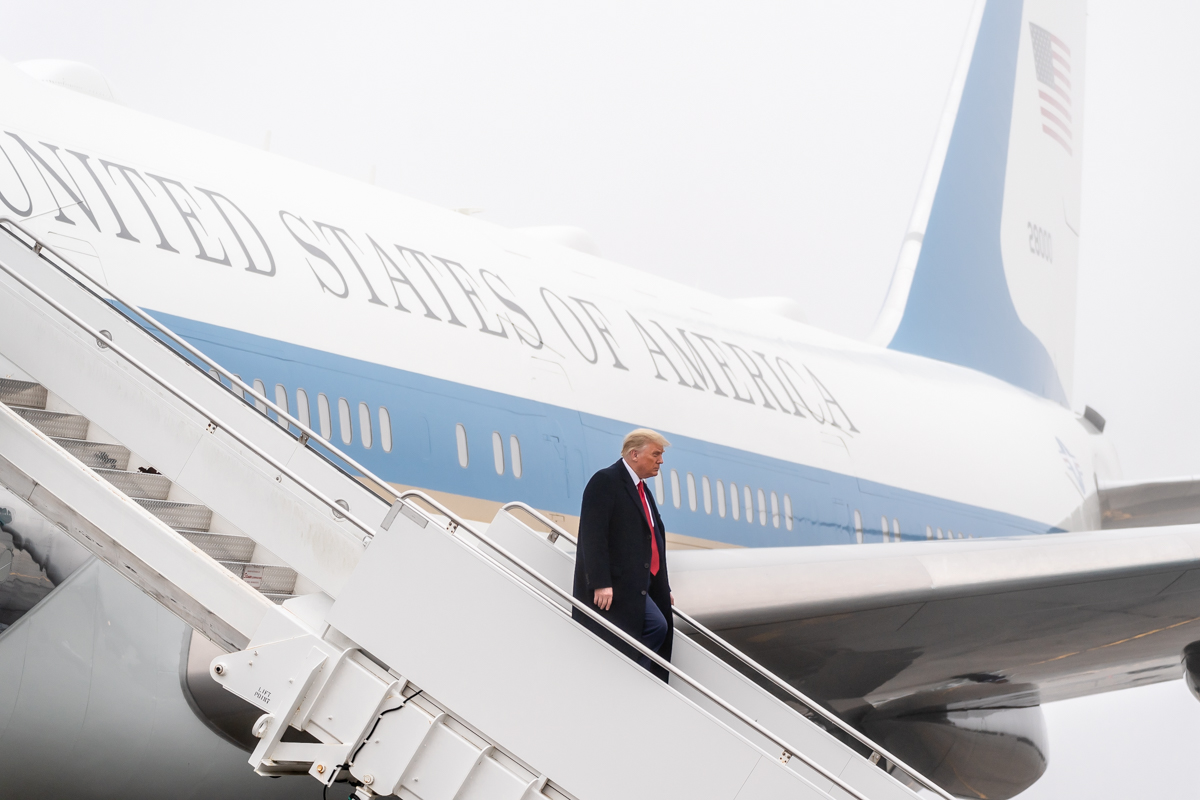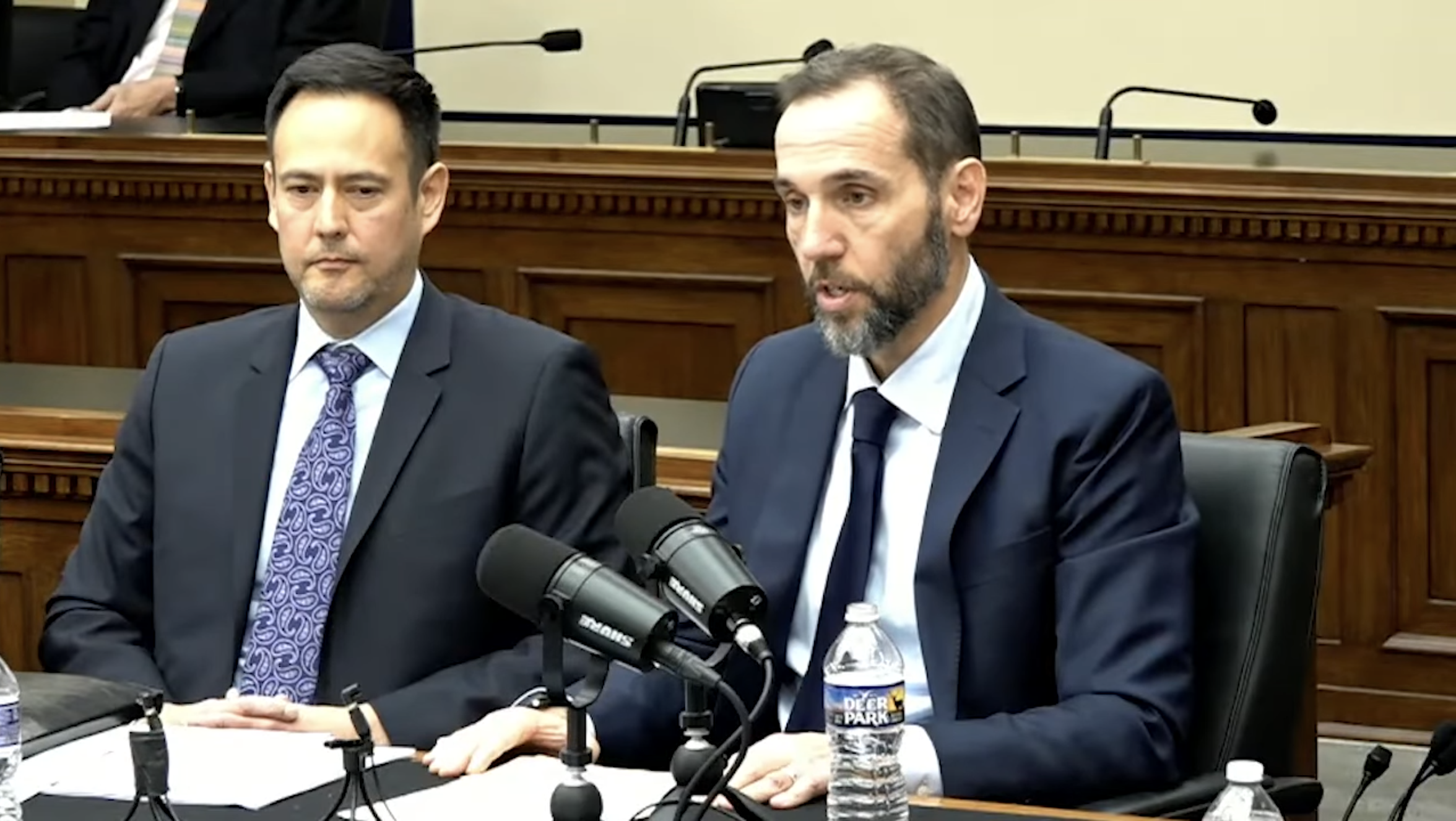A Return to the Classification Status of Trump’s Mar-a-Lago Documents
The classification status of the documents remains legally relevant, and, in light of new information, any arguments regarding their declassification have been significantly diminished.

Published by The Lawfare Institute
in Cooperation With

In a late-night filing on Tuesday, the Justice Department issued its response to former President Trump’s Motion for Judicial Oversight and Additional Relief. As Attorney General Merrick Garland has noted repeatedly during his tenure, the Justice Department speaks through its court filings and its work. In Tuesday’s filing, prompted by Judge Aileen Cannon’s preliminary order directing the government to respond to Trump’s motion, the government spoke loudly and clearly: In response to what it called “wide-ranging meritless accusations leveled against the government,” it provided a detailed recitation of relevant facts, “many of which are provided to correct the incomplete and inaccurate narrative set forth in the plaintiff’s filings.”
Those facts laid bare somewhat stunningly incriminating evidence, much of which is relevant to potential obstruction charges, but some of it also bears on potential charges relating to mishandling of national defense information under 18 U.S.C. § 793, a provision of the Espionage Act. The filing notably included a now-famous photograph showing documents with Secret and Top Secret markings laid out on the floor of Trump’s office at his Mar-a-Lago residence—providing visual evidence that Trump had indeed retained classified materials. Trump’s reply to the filing yesterday evening did little, if anything at all, to counter the facts set forth in the government’s brief.
Two weeks ago on Lawfare, I wrote about two issues relating to the classification of the documents that the FBI seized from Trump’s Florida home: (1) why the classification status of the documents is legally relevant to prosecutors for potential charges under 18 U.S.C. § 793 (even though that statute doesn’t refer to “classified information”); and (2) what limits might exist regarding the scope of a president’s declassification authority. This post returns to the issue, reiterating the first point and adding a brief clarification to the second—and, ultimately, serving as an update in light of information that has surfaced recently. In short: The classification status of the documents remains legally relevant, and any arguments regarding their declassification have been significantly diminished.
To recap, the government typically relies on the classification status of documents to meet judicially imposed requirements on 18 U.S.C. § 793’s statutory term “information relating to the national defense.” In both its search warrant affidavit and its opposition to Trump’s motion requesting judicial oversight, the Justice Department has referred to “improper removal and storage of classified information,” “classified national defense information,” and “classified national security information” and has defined and highlighted the classification markings on documents found at Mar-a-Lago. Without a doubt, prosecutors are rightly focusing on the classification status of the documents while they consider the potential for charges under 18 U.S.C. § 793. If they determine charges are warranted under that statute, they will need to coordinate with the intelligence community in order to make decisions about what classified information can and cannot be used during the course of a prosecution.
Regarding the issue of potential limits on presidential declassification, my Aug. 18 Lawfare piece briefly mentioned but did not elaborate on Executive Order 13526’s mandatory declassification review process, set forth in Section 3.5. This provision outlines a mandatory process for originating agencies to undertake a declassification review in certain circumstances when such a review is requested. Section 3.5(b) explicitly exempts the executive from this mandatory declassification review process:
Information originated by the incumbent President or the incumbent Vice President; the incumbent President’s White House Staff or the incumbent Vice President’s Staff; committees, commissions, or boards appointed by the incumbent President; or other entities within the Executive Office of the President that solely advise and assist the incumbent President is exempted from the provisions of paragraph (a) of this section.
Even though it is not explicitly stated, one might read Section 3.5 to require even presidents to follow the mandatory declassification review process for material that originated outside of the specifications in 3.5(b). In the case of the Mar-a-Lago documents, it seems likely that the material did originate outside of those specifications. (See, for example, paragraphs 12, 13, and 14 of the redacted affidavit referencing Special Intelligence (“SI”), HUMINT Control System (“HCS”), and Foreign Intelligence Surveillance Act (“FISA”) information. The affidavit notably details that FBI agents observed documents displaying each of these markings during their search.) Further, as mentioned in the prior post, while president, Trump did indicate a recognition of the need to allow agencies with equities in classified information to weigh in before information could be declassified. All of this is to say: Any purported presidential declassification of materials that originated from other agencies and did not go through the mandated declassification review might be arguably ineffective. This assumes, of course, that a president would be bound by an executive order. Beyond the executive order, one would look to Article II to make determinations about presidential authority for declassification, as explained in my earlier post.
But given recent developments, these discussions about presidential declassification authority appear more plainly to be an intellectual diversion than a serious legal argument. Whatever declassification authority President Trump might have had up until Jan. 20, 2021, at 11:59 a.m., such authority expired the moment that President Biden was officially inaugurated. Arguments that Trump exercised declassification authority over any of the documents at Mar-a-Lago prior to that expiration are increasingly incredulous. Trump’s blanket claim to the media that documents seized from his home were all “declassified,” John Solomon’s claim of a “standing order that documents removed from the Oval Office and taken to the residence were deemed to be declassified the moment he removed them,” and Kash Patel’s claim that Trump “issued sweeping declassification orders on multiple occasions” ring hollow in the face of former Trump officials’ denials of such orders and the repeated failures of Trump’s lawyers to aver that any such declassification occurred for these materials. Note, for example, the following statements from the Justice Department’s Tuesday night response to Trump’s Aug. 22 motion seeking the appointment of a special master to oversee the seized materials:
- “When producing the 15 boxes, the former president never asserted executive privilege nor claimed that any of the documents in the boxes had been declassified.”
- “When producing the documents [on June 3, 2022], neither counsel nor the custodian [of records for the former President’s post-presidential office] asserted that the former President had declassified the documents or asserted any claim of executive privilege.”
- “Instead counsel handled them in a manner that suggested counsel believed the documents were classified: the production included a single Redweld envelope, double wrapped in tape, containing the documents.”
In a May 25, 2022, letter (attached as Exhibit 1 to the redacted affidavit), Trump’s counsel referenced a president’s broad authority to declassify—but, notably, never asserted that any effort to declassify the documents was made while Trump was president. Combine all of these facts with the sheer volume and scope of classified documents referenced, the fact that they all remain marked as classified, and the multiple references to (and photographic evidence of) the persistent use of classified cover sheets—and any continued debate over whether efforts to declassify these materials were made prior to Jan. 20, 2021, at noon seems fairly laughable. Nothing in Trump’s reply to the Justice Department’s filing yesterday evening contradicts this—declassification is not mentioned once in that filing. And one other point—while it is difficult to speculate about what is beneath the redactions in the classified affidavit, it is somewhat curious that the reference to Kash Patel’s comment regarding Trump’s purported declassification is followed by several redacted paragraphs. Perhaps the government has evidence of that talking point as a post hoc rationale.
On a quick final note—and a return to a perhaps obvious point—but one nonetheless worth stating: The unauthorized retention of classified documents such as these jeopardizes national security, and if there is evidence that individuals involved in the retention acted willfully, 18 U.S.C. § 793 was drafted with the explicit purpose to address that conduct.




_c.jpg?sfvrsn=9bbcc085_3)
